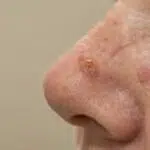Facial Care
Discover Our Aesthetic Treatments for the Face
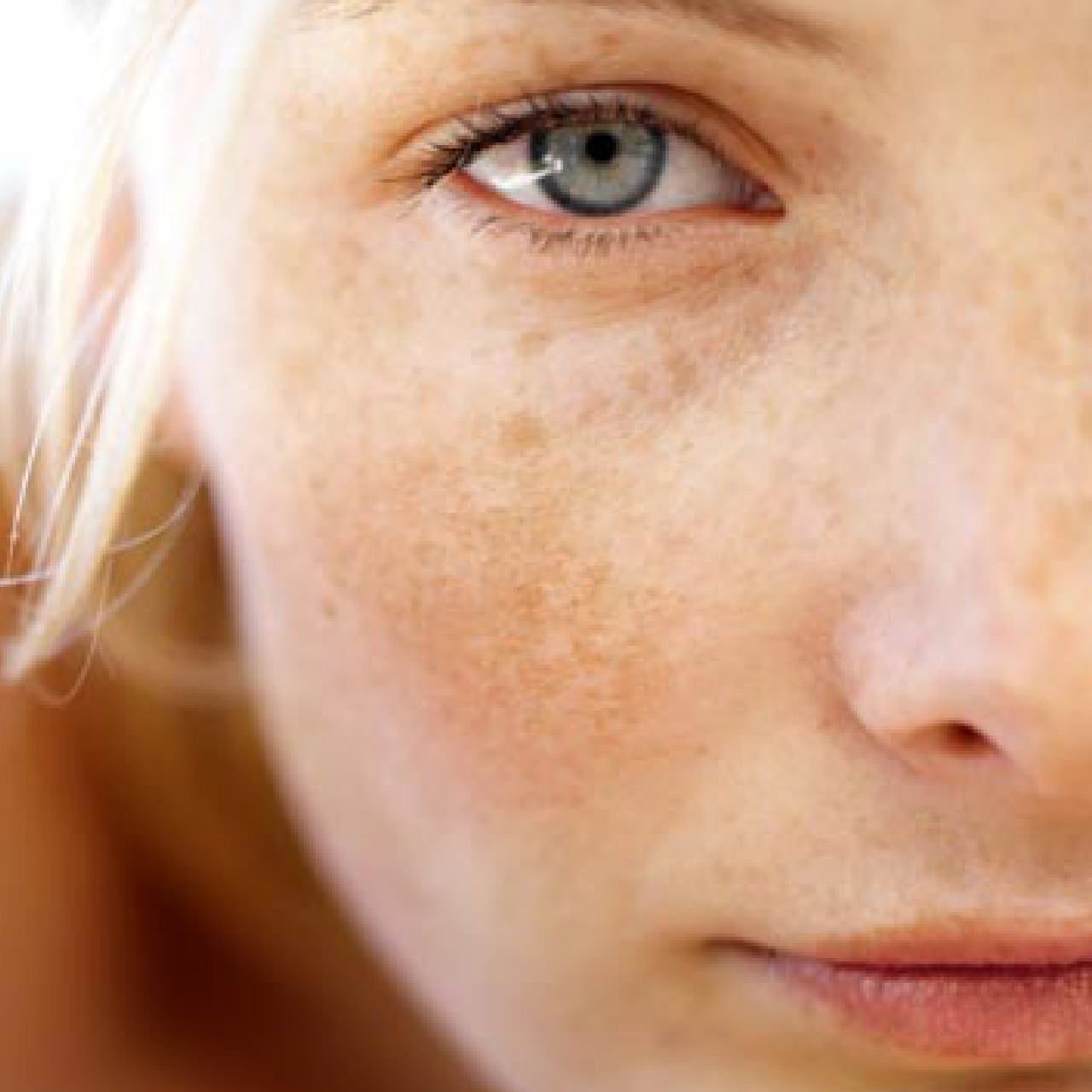
Brown spots are areas of hyperpigmented skin that range from light brown to dark brown in color, varying in size and number. They appear on sun-exposed areas of the skin, such as the face, neck, décolleté, or hands.
PROTOCOL FOR TREATING SUN SPOTS / BROWN SPOTS / LENTIGOS IN AESTHETIC DERMATOLOGY
Step 1: Evaluation and Preparation:
During the initial consultation, a healthcare professional will assess your skin and determine appropriate treatments based on your specific needs. Skin preparation may be necessary before starting the treatments. This may include the use of topical products to prepare the skin and optimize results.
Step 2: Choice of Treatment
Before the use of lasers in the therapeutic arsenal for brown spots, doctors most often used liquid nitrogen or dermabrasion.
IPL (Intense Pulsed Light) with Nordlys: IPL is a technique using intense light pulses to selectively target sunspots and reduce their appearance. An IPL session with the Nordlys system can be performed to treat sunspots. The pulsed light penetrates the skin and targets the pigments, causing their fragmentation and progressive elimination.
Fractional Lasers: The FRAX 1550 nm is a non-ablative laser treatment that uses microbeams of light to stimulate skin regeneration and reduce sunspots. A session of FRAX 1550 nm can be performed to promote collagen production, improve skin texture, and reduce the appearance of sunspots.
Q-Switched Pigment Laser: Lasers specifically designed to target pigments can be used to treat lentigos. These lasers emit light pulses that are absorbed by the pigments, causing their fragmentation and progressive elimination. The pigment laser may require several sessions to achieve the best results.
Depigmenting Peels: Chemical peeling uses specific solutions to exfoliate the superficial layers of the skin and reduce pigmented spots. The choice of peeling will depend on the evaluation of your skin and recommendations from the healthcare professional.
Step 3: Post-Treatment Care
After each treatment session, appropriate post-treatment care will be recommended by your healthcare professional. This may include the application of soothing creams, moisturizers, and broad-spectrum sunscreen to protect the skin and optimize results.
Step 4: Follow-Up Sessions
Depending on the evaluation of your skin and the response to treatments, follow-up sessions will be recommended. The number of sessions required may vary depending on the severity of the sunspots and your treatment goals.
The different techniques can also be combined with each other.
It is important to note that this protocol is a general suggestion, and specific treatments and intervals between sessions may vary depending on your individual needs. It is essential to consult a qualified healthcare professional to evaluate your skin and determine the most suitable treatment protocol for your case.
Please remember to follow the instructions and recommendations of your healthcare professional regarding pre and post-treatment care, as well as the use of topical products and adequate sun protection to maintain the treatment results and prevent additional sun damage.
PROCESS OF AN IPL NORDLYS™ SESSION
The Nordlys™ system can treat sun-damaged skin and restore a clearer and smoother complexion. The device emits energy directly targeted at blood vessels or melanin present in your skin, leaving the surrounding skin intact. Potentially unwanted wavelengths are filtered out thanks to our exclusive dual-spectrum filter technology. The useful wavelengths are absorbed by the hemoglobin in your blood vessels (only the targeted vessels) and the melanin present in your brown spots or pigmented lesions.
Before your treatment with the Nordlys™ system, you will meet your doctor to discuss your therapeutic and aesthetic expectations. The pulsed light used is entirely safe, and no special precautions are necessary. However, it is essential to avoid any sun exposure for the 4 weeks before your treatment (sun, tanning beds, or self-tanning products).
A session can last about 20 minutes, depending on the area of the face or body you wish to treat. You will notice an improvement from the first session, but you may need to undergo several sessions to achieve the desired final result (on average between 2 and 4 sessions). Each session is spaced 4 weeks apart to allow the skin to renew itself.
The number of sessions depends on the location and area to be treated. Treatments are more effective in patients with fair and non-tanned skin at the time of treatment. Pre-programmed parameters for each skin type ensure that the energy emission is adapted to your specific case.
After the treatment, you may be recommended to apply a cloth soaked in cold water on your face or use an ointment prescribed by the center's doctor. You should also avoid sun exposure for 4 weeks, even in the absence of inflammation signs on the treated area.
Immediately after the treatment, the skin is slightly red, and the spots may appear darker. There may be a sunburn sensation with transient swelling. Fine crusts will appear the day after the session and disappear in about 10 days.
You may notice slight peeling on certain parts of the skin or darkening of certain pigmented spots for a few days after the treatment. After that, you will find that your skin is clearer, and your complexion is fresher.
Maintenance sessions may be offered annually or biannually or alternated with other techniques.
Solar Lentigines/Brown Spots
Solar Lentigines (Age Spots)
Solar lentigines, also known as age spots or brown spots, typically appear in individuals over 30 years of age and affect sun-exposed areas such as the face, décolleté, neck, and back of the hands. They appear as small, round, and flat spots and are mainly triggered by aging, prolonged and regular exposure to the sun, or exposure to artificial UV rays and pollution.
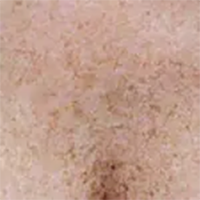

Solar Lentigines/Brown Spots
Melasma (Chloasma or Pregnancy Mask)
Melasma (Chloasma or Pregnancy Mask) is a benign, chronic, and often symmetrical pigmentation disorder that mainly affects women. It is characterized by brown and irregular patches on the face (forehead, temples, cheeks, nose, upper lip).
Solar Lentigines/Brown Spots
Post-Inflammatory Hyperpigmentation (PIH)
Post-inflammatory hyperpigmentation results from an overproduction of melanin due to stimulation of melanocytes following skin inflammation. It can occur in cases of inflammatory skin conditions (eczema, acne...), trauma, or after dermatological treatments (microdermabrasion, laser, strong chemical peels).
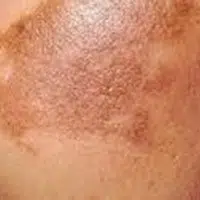
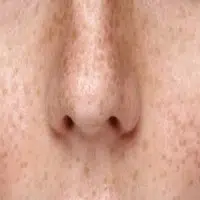
Solar Lentigines/Brown Spots
Taches de rousseur/éphélides
Généralement héréditaires, on les reconnaît surtout car elles ont tendance à se situer au niveau du visage. Elles apparaissent durant l’enfance, particulièrement sur les peaux claires et rousses et augmentent en nombre et en coloration sous l’action du soleil et sont plus visibles en été qu’en hiver.
Solar Lentigines/Brown Spots
Actinic Keratosis (AK)
Actinic keratosis (or solar keratosis) is the most common precancerous lesion that frequently appears on sun-exposed areas such as the face, ears, scalp, and lower lip (actinic cheilitis). They often appear as small patches of dry, scaly, or crusted skin, which are easier to detect by touch than by sight.
